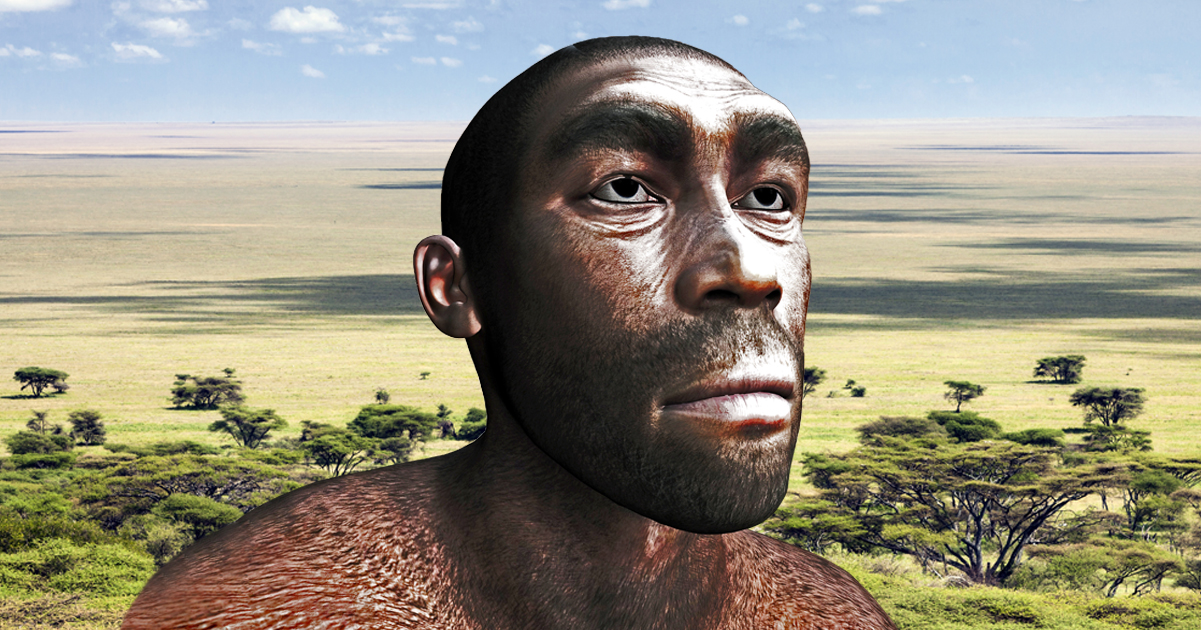Ever since Charles Darwin began investigating the early evolution of humans, scientists have worked to understand just how far back our species goes, where man first lived, and how his DNA traveled out of Africa and into the world at large.
Ancient humanoids have been found in large portions of Africa, which led to scientific understandings of how man — both on and off that continent — evolved. What was less understood until recently is how man evolved in areas of Eurasia, and who ancient species bred with to create what researchers are calling a ‘ghost species.’
Modern Eurasian species have been easier for scientists to investigate because cold temperatures preserved DNA samples so much better than those in Africa, where hot temperatures caused DNA to deteriorate. That made learning about how man evolved within Africa a challenge to scientists.
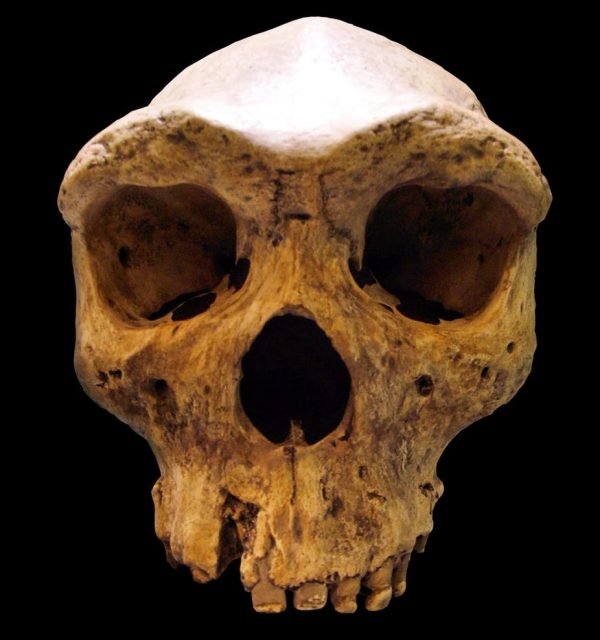
But a study done in 2017 by more than a dozen scholars and published in Cell, an online scientific journal, shed new light on these matters that had challenged researchers for years. In the study, sample genomes were examined from people who lived in southern Africa 10,000 years ago. This revealed that the history of these populations is far more complicated than researchers once believed.
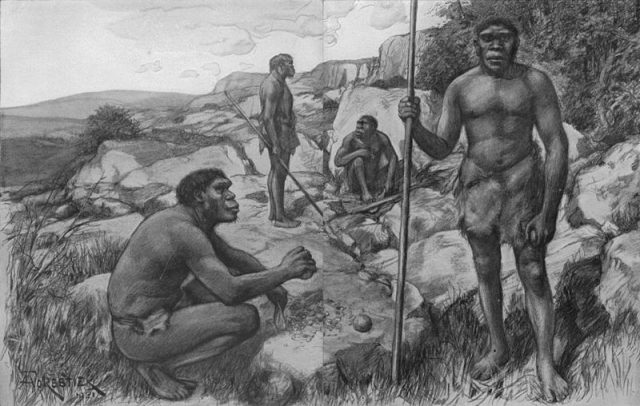
The samples were taken from Cameroon, which has the earliest and best preserved archaeological site in Africa. Now, a new study confirms the theories put forth in the 2017 paper, and asserts that, in fact, humanoids from Africa left the continent, bred with Neanderthals, and returned to Africa at some point, thereby creating a whole new ‘ghost species,’ as the new study refers to it.
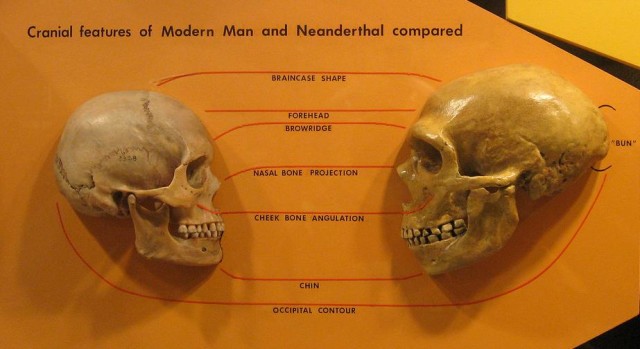
The study, entitled Identifying and Interpreting Apparent Neanderthal Ancestry In African Individuals, was also published in the journal Cell. In the study, 16 sample genomes were examined from people who lived in South Africa during the past 10,000 years. This examination revealed that the history of these populations is far more complicated than once believed. When these folks left Africa about 100,000 years ago, there wasn’t, in fact, just one kind of humanoid there.
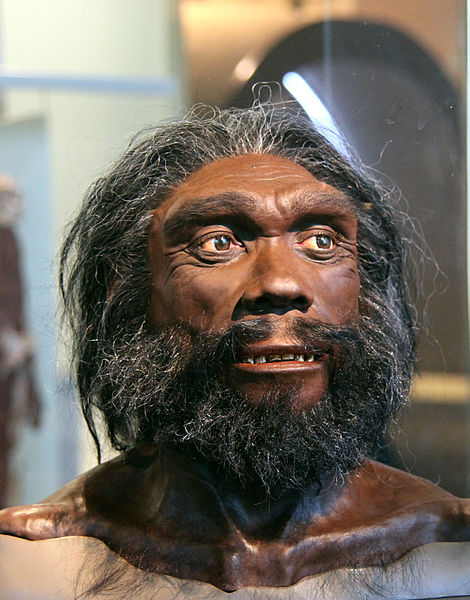
The study goes on to examine gene flow into the ancient ancestors of modern South Africans, and concludes that there may be links between archaic hominims and present day Africans. In fact, research suggests as many as seven percent of present day Africans may have genomes from a population that scientists have yet to identify — right now, it has no known genome, hence the term ‘ghost population.’ Scientists theorize this group lived somewhere between 360,000 years ago and more than one million years ago, long before the gene flow started in West Africa, about 43,000 years ago.
The new research postulates that this ‘ghost species’ of early humans resembled Neanderthals, and was in Africa about 100,000 years ago. Or, scientists suggest, the archaic species was present somewhere outside of Africa, but co-mingled by interbreeding, and then returned to Africa. This theory contravenes prior scientific research, that believed that there was simply one expansion out of Africa, and man developed and evolved from there.
The scientists behind the study, five authors, have stated conclusively that they believe more research needs to be done into the genetics of early humans, both within Africa and those species from outside the continent.
Related Article: “Missing Link” Skeletons Finally Deciphered – Show New Path of Human Evolution
They assert that the DNA of modern and early humans must be studied further if we are to finally develop a full understanding of who we are, how we evolved, and our ancestors who once travelled both inside and outside Africa. Both studies are available for viewing online at: (https://www.cell.com/cell/fulltext).
